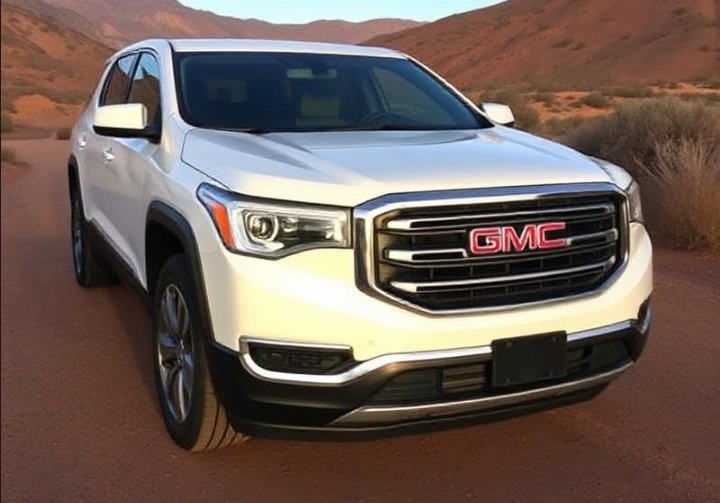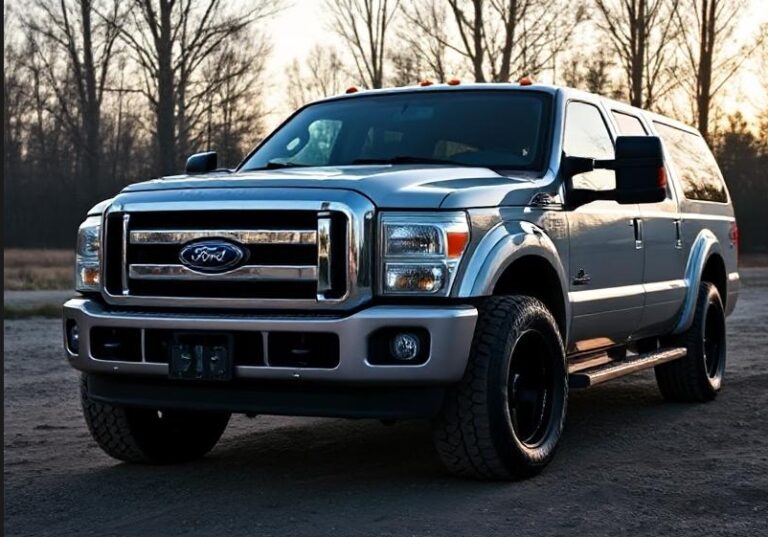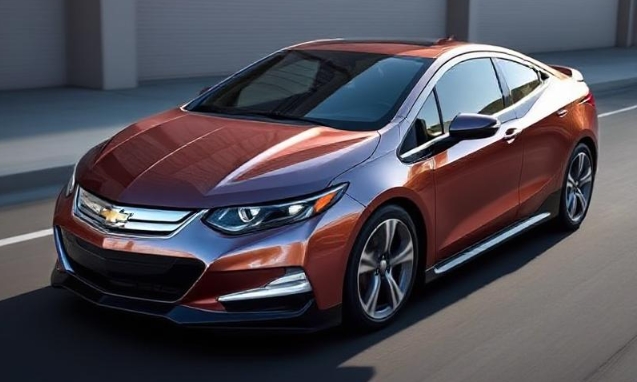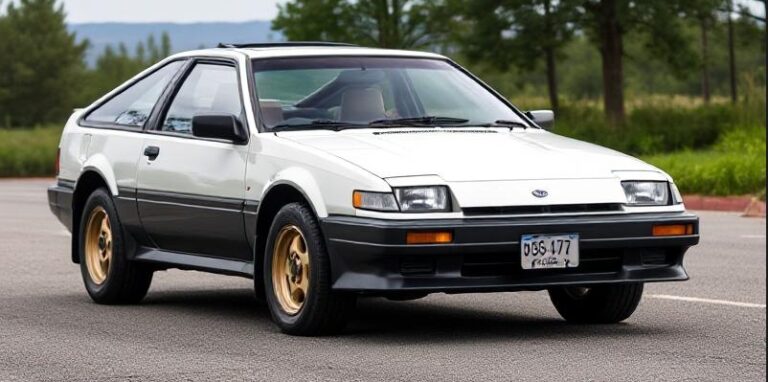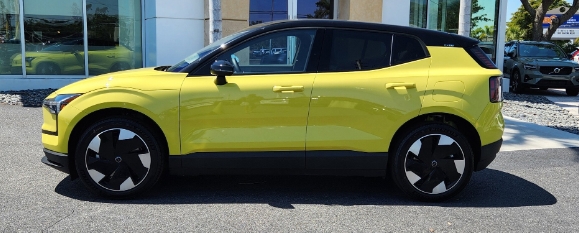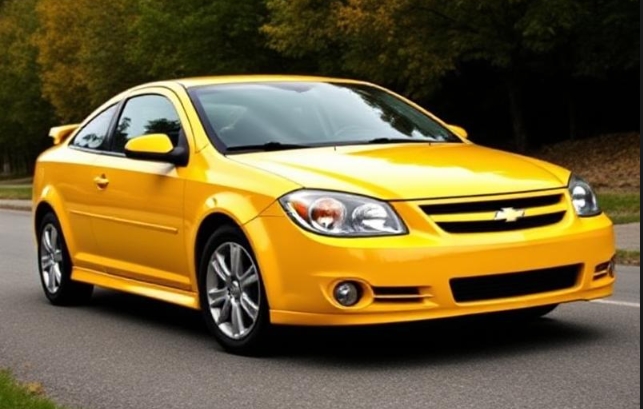The Evolution of The GMC Acadia
The GMC Acadia has undergone a remarkable evolution since its introduction in 2006, becoming a significant entry in the competitive mid-sized SUV market. Known for its spaciousness, versatility, and blend of rugged capability with family-friendly features, the Acadia has been a staple for GMC, appealing to a diverse group of buyers. This article delves into the evolution of the GMC Acadia, including a detailed look at its production years, model generations, and various trim levels offered throughout its history.
First Generation: 2007-2016
The GMC Acadia was introduced in 2006 as a 2007 model. This first generation marked GMC’s initial foray into the popular crossover SUV market. Initially built on the Lambda platform, shared with other GM models like the Chevrolet Traverse, Buick Enclave, and Saturn Outlook, the Acadia was designed to offer the spaciousness of a minivan without the traditional minivan aesthetic.
2007-2016 Trim Levels
During its first generation, the Acadia came in several different trim levels:
- SLE: The base trim featured a V6 engine, keyless entry, a rearview camera, and a tri-zone climate control system.
- SLT-1: Building on the SLE, the SLT-1 added features like leather upholstery, a power liftgate, and upgraded audio.
- SLT-2: This trim offered additional luxury features such as a navigation system, premium sound, and advanced safety features.
- Denali: The Denali variant was introduced later in the first generation, featuring more upscale design elements, unique styling cues, and enhanced performance.
The first-generation Acadia was powered by a 3.6-liter V6 engine that produced 271 horsepower. It offered a choice between front-wheel drive and all-wheel drive. The spacious seven- or eight-passenger seating configuration made it appealing for families, while the advanced safety features (including standard stability control and optional lane departure warning) enhanced its allure.
Second Generation: 2017-Present
The second generation of the GMC Acadia debuted in 2017, showcasing a new design language that was more aggressive and modern than its predecessor. This iteration transitioned to a lighter and more compact platform, which improved handling while reducing weight.
2017-Present Trim Levels
The trim levels for the second-generation Acadia include:
- SL: The base SL trim retained essential features but with more modern technology integration, including a 7-inch touchscreen interface.
- SLE-1 and SLE-2: The SLE trims introduced features such as available navigation, upgraded audio systems, and enhanced comfort options.
- SLT-1 and SLT-2: These trims were aimed at providing more luxury and convenience features, including leather seating, premium audio systems, and various driver-assistance technologies.
- Denali: The premium Denali trim returned, featuring distinctive exterior styling elements, a more refined interior, and additional technology upgrades that set it apart from the other trims.
The second-generation Acadia continued to be powered by the 3.6-liter V6, with some versions receiving a new 2.5-liter four-cylinder engine, which offered improved fuel efficiency. The model design had downsized slightly, improving upon on-road performance and creating a more car-like driving experience.
Key Enhancements and Features
Throughout its production history, the GMC Acadia has seen various enhancements and features introduced that cater to a changing market and buyer expectations.
Infotainment and Connectivity: In both generations, the Acadia offered a full suite of multimedia options, incorporating features like Apple CarPlay and Android Auto in later models. The infotainment system has evolved through touchscreens and increasingly sophisticated interfaces.
Safety Technologies: GMC has prioritized safety across all Acadia models, integrating advanced technologies such as collision alert systems, lane-keeping assists, and automated parking features. These technologies have become progressively standard over the years, aligning the Acadia with industry standards and customer demands.
Performance: The transition from a purely V6 lineup to the introduction of a four-cylinder option in the second generation reflects the brand’s commitment to providing versatility and fuel efficiency. The addition of dynamic drive modes and improved all-wheel-drive systems contributed to enhanced driving capabilities.
.

.
2022 Refresh and the Future
In 2022, GMC refreshed the Acadia to meet evolving consumer expectations and industry standards. The update included aesthetic alterations, technological upgrades, and more robust safety offerings.
New Features Introduced:
- Revised styling elements, including an updated grille and front-end design, were unveiled, giving the Acadia a more modern look.
- An upgraded AT4 trim was introduced, which focused on enhancing off-road capabilities with specific design elements and upgraded features.
- New driver assistance features continued to be integrated, further modernizing the cabin technology.
Trim levels remained similar, but changes reflected a general move toward providing an even more luxurious and capable SUV experience.
Conclusion
The GMC Acadia has grown significantly since its launch in 2007, evolving through two generations and numerous changes in design, performance, and features. From its spacious, family-friendly roots to its aggressive modern styling, the Acadia continues to be a key player in the mid-sized SUV market.
With its various trim levels—ranging from the base SL to the luxurious Denali—and constant updates to technology and safety features, the Acadia is well-positioned to appeal to a wide audience of drivers who seek versatility, comfort, and capability in an SUV. Looking ahead, GMC’s focus on electrification and sustainable technology suggests that the Acadia will continue to innovate and adapt to the needs of modern consumers, ensuring its evolution remains dynamic in the years to come.
